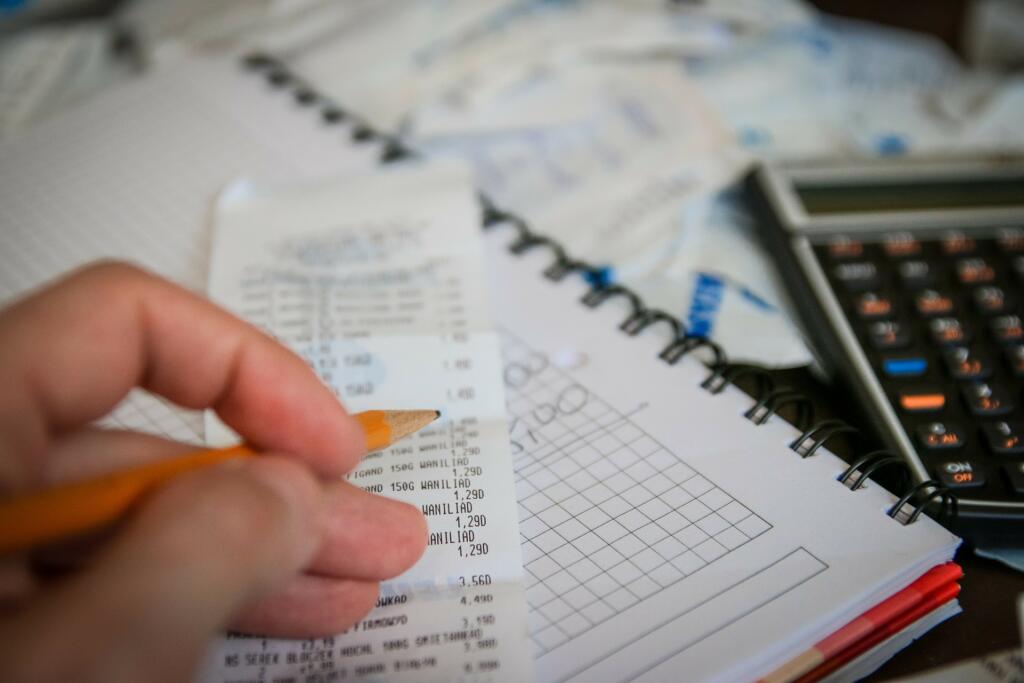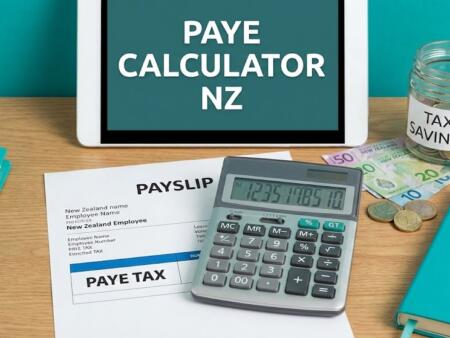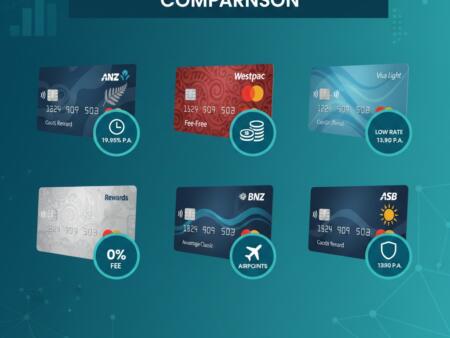
Table of Contents
New Zealand’s debt has grown steadily over the last decade, particularly following COVID-19 recovery spending and infrastructure projects. As of mid-2025,New Zealand in debt levels remain in a manageable but elevated debt position, supported by strong credit ratings and stable growth.
Let’s break down what New Zealand owes, who it borrows from, and how that impacts everyday Kiwis.
New Zealand Government Debt — 2025 (Estimates)
Source: NZ Treasury — Budget 2025 and April 2025 Statements
Government Debt in 2025: The Big Picture
According to the New Zealand Treasury’s 2024/25 Financial Statements, the country’s net core Crown debt stood at $182.2 billion, or about 41.8 % of GDP at the end of June 2025.
This figure is expected to peak around 46 % of GDP in 2026/27 before declining as the economy grows and pandemic-era borrowing rolls off.
| Metric | 2024 | 2025 | Forecast 2026/27 |
|---|---|---|---|
| Net Core Crown Debt | $168 b (39 % of GDP) | $182 b (41.8 %) | $195 b (46 %) |
| Gross Sovereign-Issued Debt | $192 b | $205 b | $214 b |
While these numbers seem large, they are modest by international standards — well below the OECD average of around 90 % of GDP.
How Much Does New Zealand Owe in Total?
In total instruments, the government has roughly:
- NZ $195 billion in outstanding New Zealand Government Bonds (NZGBs)
- NZ $5 billion in short-term Treasury Bills
- US $6 billion in Euro Commercial Paper (ECP)
Most of this debt is denominated in New Zealand dollars, reducing currency-exchange risk.
Who Does New Zealand Borrow From?
New Zealand borrows by issuing bonds and bills purchased by domestic and international investors.
As of early 2025:
- Foreign investors hold about 60 – 65 % of NZGBs
- Domestic banks and funds hold the rest
- Bonds are traded on the NZX Debt Market and managed by the New Zealand Debt Management Office (NZDMO)
Because most debt is long-term (5–15 years), refinancing risk is relatively low.
Why Does the Government Borrow?
Borrowing funds public services and investments such as:
- Transport and housing infrastructure
- Education and health system upgrades
- Natural-disaster recovery (Cyclone Gabrielle, flooding)
- Refinancing maturing debt
Prudent borrowing supports economic stability while avoiding sudden tax hikes.
Is New Zealand Financially Stable?
Yes — international agencies consistently rate New Zealand as financially stable and creditworthy.
- Fitch Ratings (Aug 2025): AA+ (Stable)
- S&P Global: AA (Stable)
- Moody’s: Aaa (Stable)
These ratings reflect confidence in NZ’s low corruption, transparent fiscal policy, and manageable debt load.
The Reserve Bank of New Zealand (RBNZ) also notes that the banking sector remains well-capitalised and well-funded, even with higher interest rates.

How Does New Zealand’s Debt Compare Internationally?
| Country | Net Debt % of GDP (2025 est.) |
|---|---|
| Japan | 235 % |
| United States | 123 % |
| United Kingdom | 95 % |
| Australia | 43 % |
| New Zealand | 42 % |
New Zealand’s government debt level is among the lowest in the developed world, giving it fiscal flexibility to manage economic shocks.
Who Owns the World’s $36 Trillion Debt?
Globally, about one-third of government debt is held by domestic investors, one-third by foreign institutions, and the rest by central banks and pension funds.
In the case of the United States, which carries over US $36 trillion in debt, around 70 % is held domestically, while major foreign holders include Japan and China.
New Zealand’s exposure to global debt markets is limited — its focus is on domestic currency borrowing, which keeps financial sovereignty intact.
Do New Zealanders Themselves Have a Lot of Debt?
Yes, households carry relatively high personal debt compared with income.
- Household debt-to-disposable income: ≈ 165 – 170 % (2025)
- Mortgage debt: accounts for ~90 % of total household debt
- Consumer & personal loans: ≈ 10 %
Rising property prices over the past decade encouraged large mortgages.
However, strong employment and strict lending standards help maintain low default rates.
Household Debt vs Government Debt
| Type | Debt (2025 est.) | Share of GDP | Main Components |
|---|---|---|---|
| Government (net) | $182 b | 41.8 % | Bonds, bills |
| Household | $380 b | 87 % | Mortgages, loans |
| Corporate | $240 b | 55 % | Business lending |
Household debt is high, but it’s offset by strong asset ownership (property and KiwiSaver balances).
Who Does NZ Owe the Most To?
Most of New Zealand’s debt is owed to bond investors, not foreign governments or organisations.
The largest investor groups are:
- Offshore financial institutions and central banks
- Domestic superannuation and KiwiSaver funds
- New Zealand banks and insurers
This diversification makes NZ’s debt base stable and low-risk.
Is New Zealand’s Debt a Problem?
Not currently. Analysts view it as sustainable because:
- Borrowing costs remain historically low.
- GDP growth continues near 2 %.
- The government maintains strict fiscal rules (net debt under 50 % of GDP).
- Inflation is moderating toward RBNZ’s 1–3 % target.
However, long-term challenges remain — an ageing population, climate-resilience costs, and housing infrastructure needs may pressure future budgets.
Key Takeaway
New Zealand owes roughly $182 billion (42 % of GDP) in public debt — a moderate, sustainable level by global standards.
Most borrowing is in local currency and held by stable investors, and the nation’s credit rating remains among the highest worldwide.
For households, personal debt is higher, but strong employment and prudent regulation keep the financial system secure.
In short: New Zealand is financially sound — but not debt-free.
FAQs – How Much Money Is New Zealand in Debt?
How much is New Zealand in debt in 2025?
About $182 billion, or 41.8 % of GDP, according to the Treasury’s latest financial statements.
Who does New Zealand borrow from?
Mainly from domestic and foreign investors who buy government bonds and bills managed by NZ Debt Management.
Is New Zealand financially stable?
Yes. Major credit agencies rate New Zealand AA to AAA, and its banking system is well-capitalised under Reserve Bank oversight.
Do New Zealanders have high personal debt?
Yes. Household debt is around 165 % of disposable income, mostly mortgages, but supported by strong asset ownership.
Which country has the most debt in the world?
By GDP ratio: Japan (≈ 235 %). By total amount: United States (≈ US $36 trillion).
Is NZ’s debt level risky?
No. It’s manageable and below the OECD average; fiscal policy aims to cap net debt near 45–50 % of GDP.






